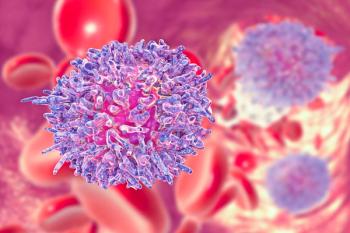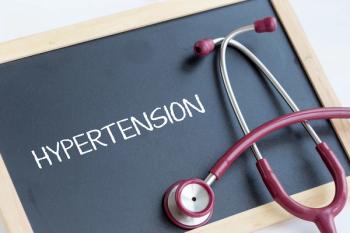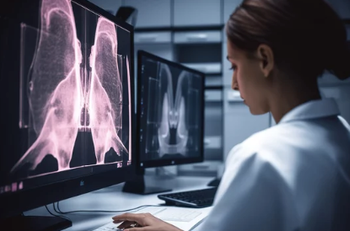
Idiopathic Hypersomnia Needs More Attention to Overcome Challenges Regarding Diagnosis and Treatment
During her presentation at SLEEP 2022, Isabelle Arnulf, MD, PhD, a neurologist and professor, detailed the long list of challenges for understanding different aspects of idiopathic hypersomnia and called for more attention to be devoted to future research.
In addition to allocating more attention and research towards idiopathic hypersomnia (IH), there are a number of challenges that need to be addressed to fully understand the disorder, according to Isabelle Arnulf, MD, PhD, senior neurologist and professor of neurology at the Pierre and Marie Curie campus at Sorbonne University in Paris, France.
At the
Arnulf began by calling for more attention to devoted to studying IH in a similar fashion to how we study narcolepsy, a related sleep disorder. “[IH is] not that rare of a disorder and it’s a neglected disorder… Narcolepsy is like the big brother, attracting all the attention of the parents, while idiopathic hypersomnia is like the little sister. I think we must all fight to increase the attention to the little sister,” Arnulf remarked.
Arnulf listed 7 major challenges that researchers and health care professionals need to pay attention to:
- Changing definitions
- Measuring excessive need for sleep
- Understanding symptoms
- Gender disparities
- Comorbidities
- Disease course
- Treatment options
When IH was first identified, it was called non-rapid eye movement (REM) narcolepsy. In 1979, the name was changed to idiopathic central nervous system hypersomnolence and was given the label IH in 2001. From there, the definition split into 2 types in 2005 and was reidentified as 1 condition in 2013.
When it came to measuring IH, Arnulf mention the ICSD-3, the standard criteria to diagnose IH. Originally to diagnose, patients needed to score 8 min or less on the Multiple Sleep Latency test (MSLT) or have a total sleep time of 11 out of 24 hours per day. However, Arnulf noted that the criteria for the ICSD changed over time regarding the MSLT, where in addition to the 8 min or less score, patients also needed less than 2 sleep-onset REM periods.
Because there are so many symptoms that are associated with IH, some researchers have started clustering them to understand the full impact that IH has on patients lives. This has also led to splitting and lumping of symptoms to differentiate patients with narcolepsy type 1, narcolepsy type 2, and IH from each other.
Another challenge is understanding that women are more susceptible to narcolepsy and IH compared with men. According to Arnulf, 52% of patients with narcolepsy type 1 are women and 76% of patients with IH are women. Compared with men with IH, women with IH experience more minutes of total sleep time during the day and during the night, regardless of whether it is a weekend day, holiday, or weekday. Automatic behaviors, morning sleep inertia, and hallucinations were also more common in women with IH than men with IH.
Regarding comorbidies, IH is more commonly associated with autoimmune disorders and allergy disorders, but more research is needed to understand the underlying mechanisms for this relationship.
Arnulf noted the struggles with disease improvement, saying that only between 25% and 30% of patients may see their IH improve over the course of 10 years. Alas, some symptoms, especially sleep attacks, may remain despite overall improvement.
Lastly, Arnulf described some of the challenges that may become more prevalent in the future, such as studying genes related to IH, the use of animal models, IH phenotyping, IH-related biomarkers, and underlying mechanisms. Arnulf had a call to action for the narcolepsy, IH, and sleep communities: “It’s time to work and fight together this disabling and neglected disorder.”
Newsletter
Stay ahead of policy, cost, and value—subscribe to AJMC for expert insights at the intersection of clinical care and health economics.














































